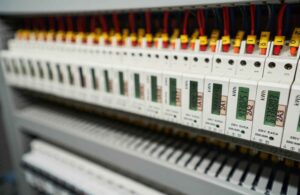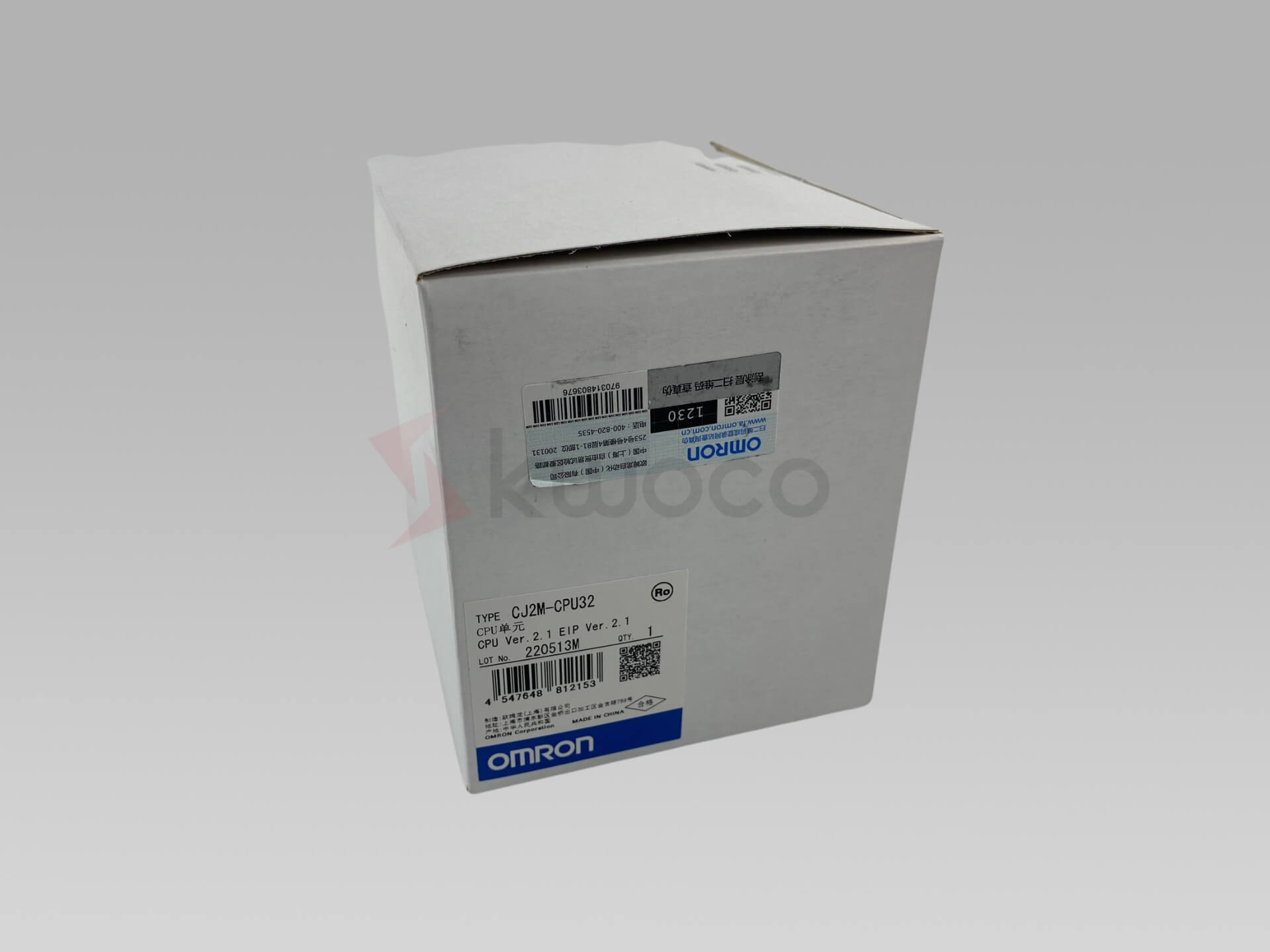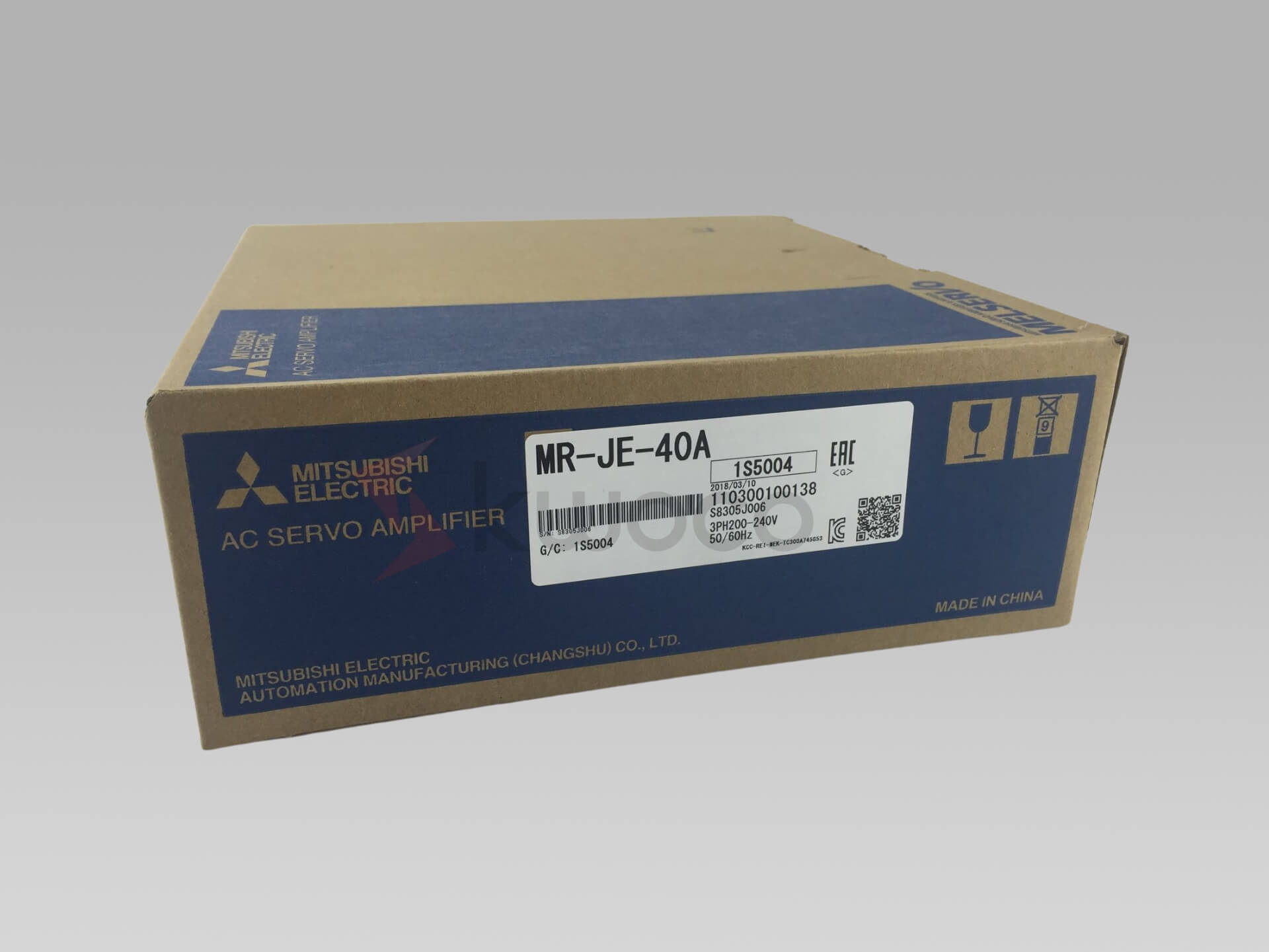Complete Guide to Photoelectric Sensor Wiring and Troubleshooting
Whether you’re an experienced engineer or new to automation, you’ll find valuable insights to ensure your sensors work reliably and efficiently.
Table of Contents
What Are Photoelectric Sensors and How Do They Work?
Photoelectric sensors are essential components in modern industrial automation systems. These devices use light beams to detect objects and trigger corresponding outputs. There are several types of photoelectric sensors:
- Through-beam sensors: Consist of separate emitter and receiver units
- Retro-reflective sensors: Use a reflector to bounce the light beam back
- Diffuse sensors: Detect objects based on direct reflection
The choice of sensor type depends on your specific application requirements, detection range, and environmental conditions.Learn more about industrial sensors
Essential Steps for Proper Photoelectric Sensor Wiring
Correct wiring is crucial for reliable sensor functionality. Here’s a detailed breakdown of the wiring process:
- Power Connection
- Connect the brown wire to the 24-volt DC positive
- Connect the blue wire to the 24-volt DC negative
- Output Wiring
- Black wire: Output signal to PLC input
- White wire: Additional output (for complementary output models)
“Proper color coding and connection verification are essential steps in preventing wiring-related issues.” – Industrial Automation Expert
How to Configure and Set Up Your Photoelectric Sensor?
Proper setup ensures optimal sensor performance. Follow these configuration steps:
- Mounting and Alignment
- Secure sensor and reflector/receiver on stable brackets
- Ensure proper alignment between components
- Maintain recommended detection range
- Sensitivity Adjustment
- Use the potentiometer to adjust sensitivity
- Test detection with actual target objects
- Verify indicator lights function correctly
Common Troubleshooting Issues and Solutions
| Issue | Possible Cause | Solution |
|---|---|---|
| No Output Signal | Incorrect wiring | Verify wire connections |
| False Triggers | Sensitivity too high | Adjust potentiometer |
| Inconsistent Detection | Poor alignment | Re-align sensor components |
| No Power | Faulty power supply | Check voltage levels |
Integration with PLC and Control Systems
Modern photoelectric sensors seamlessly integrate with programmable logic controllers (PLCs) and other control systems. Key considerations include:
- Input/output signal compatibility
- Response time requirements
- Communication protocols
- System configuration
Frequently Asked Questions
Start with medium sensitivity and adjust based on target object properties and environmental conditions
Ranges vary by model but typically extend from a few meters to 20+ meters
Use proper sensitivity settings, maintain clean optics, and ensure stable mounting
Special models designed for transparent object detection may be required.
Regular cleaning of optical surfaces and periodic alignment checks are recommended.
Power your projects with brand-new, original Omron, Keyence, Schneider Sensors – in stock, ready now!
Conclusion
- Always verify correct voltage and wiring connections
- Proper mounting and alignment are crucial for reliable operation
- Regular maintenance ensures consistent performance
- Choose the right sensor type for your application
- Document configuration settings for future reference
- Keep optical surfaces clean and protected
- Consider environmental factors in sensor selection
Get expert support for your automation needs
Looking for new, original Sensors for your projects? At Kwoco, we stock the latest sensors from top brands like Omron, Keyence, and Schneider. Shop with confidence—fast shipping, guaranteed quality! Buy Now
Contact Us
Just fill out your name, email address, and a brief description of your inquiry in this form. We will contact you within 24 hours.
You May Also Find These Topics Interesting

HMI vs. SCADA: Essential Guide to Industrial Automation
The industrial automation sector has witnessed a revolutionary transformation, with technologies like HMI (Human-Machine Interface) and SCADA (Supervisory Control and Data Acquisition) leading the way. These systems empower industries to monitor, control, and optimize operations, ensuring improved efficiency and productivity.

Which PLC is Mostly Used in Industry? Top PLCs Explained
In the ever-evolving automation industry, one question frequently arises: Which Programmable Logic Controller (PLC) is mostly used in industrial applications? Understanding the landscape of PLC manufacturers and their offerings can help professionals make informed decisions for their automation needs. This article explores the most popular PLC brands, their features, and why they dominate the industrial automation sector.

PLC Programming Guide: Master Industrial Automation
Are you looking to understand the world of Programmable Logic Controllers (PLCs) and how they revolutionize industrial automation? This comprehensive guide will walk you through everything you need to know about PLC programming, from basic concepts to advanced techniques, helping both beginners and experienced professionals enhance their automation skills.






